We strive to provide you with authoritative, trustworthy, and expert advice. In doing so, the staff at bbqdropout.com performs extensive research, editing, and fact checking to every post on this webiste. If you feel that this article can improve, please feel free to reach us at staff@bbqdropout.com
Before continuing this article, I wanted to let you know that I have a YouTube channel where I showcase all sorts of video content related to BBQ. Subscribing would mean a lot to me, and I very much appreicate all the support!
Testing brisket for doneness can be done with a toothpick. It measures how much resistance is currently present, and tells you whether or not to pull your brisket off the smoker.
If the toothpick goes inside the brisket just like butter, then it is ready. If the brisket has any resistance at all, then it is not ready.
Do not worry as much about the internal temperatures. If the brisket is probing tender, it is ready.
What is the toothpick test for brisket?
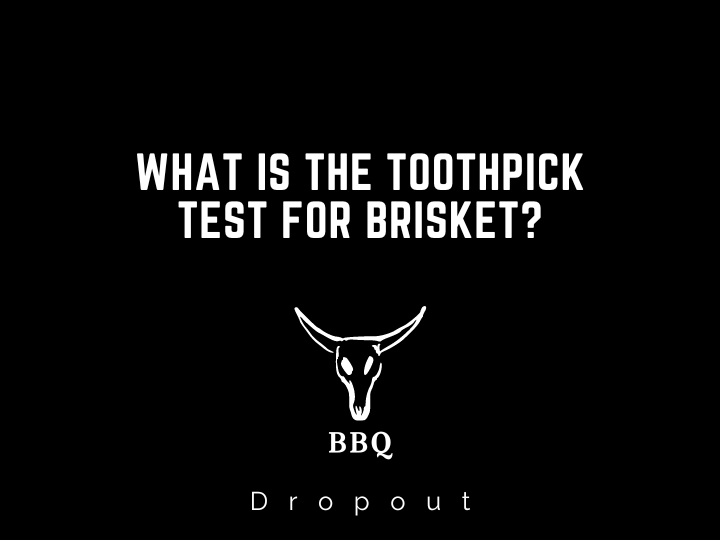
The Toothpick test for brisket is one of the best ways to ensure it is done. It basically tests the amount of tenderness within the brisket, and checks to see if the collagen and fat has completely rendered down. The toothpick should slide into the brisket with zero resistance. That is how you know you have a great, tender brisket.
It is accurate, effective, simple, and cheap!
There is no need to acquire expensive equipment to measure the internal temperatures, only a toothpick is needed.
Brisket is dry and not very tender…what happened?
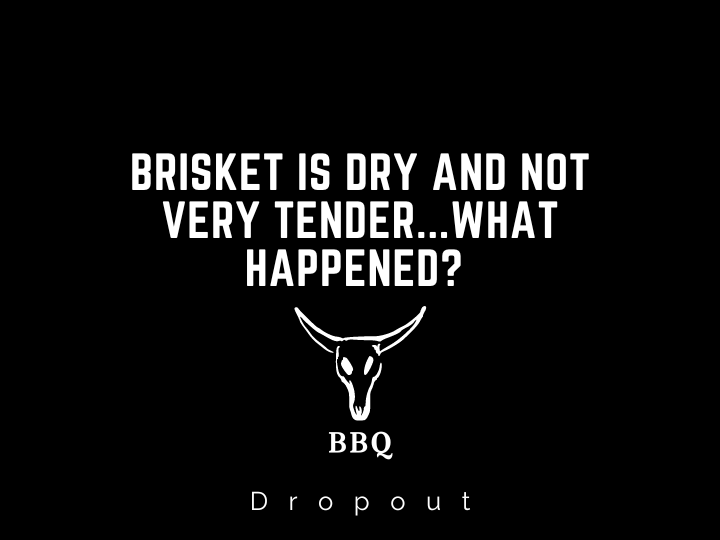
The reason many will have a dry and not very tender brisket is because they did not pull the brisket at the right time and store it properly. These two steps in the cooking process for brisket are absolutely critical.
If you do not pull the brisket off at the right time, it can come out undercooked or overcooked.
This is because the collagen and fat either have not rendered down completely, or has rendered down – but dried out.
Another reason for a dry and not very tender brisket is the result of simply not resting it long enough. When you don’t take the necessary precautions of pulling and resting the brisket long enough, the muscle fibers will release all of the moisture and make your brisket very dry and tough to eat.
To make sure the brisket has ample time to come back down in internal temperature, it is recommended to let it rest for a period of 3-12 hours.
The preferred resting methods are notated below:
Ice Chest:
After using the toothpick method to test doneness, you will want to place your brisket in an ice chest. This will give you the best results, as it allows the meat to come down in internal temperature. Ice Chests can be a great way to ensure that the ambient and internal temperatures remain steady through the cool down process.
Warming Oven
A warming oven can be a great alternative to storing your brisket after a long cook. It ensures a consistent and higher ambient temperature than an Ice Chest does, and is a recommended storage method for briskets that need to be served quicker. The reason you should use a warming oven vs an ice chest is it can ensure that the brisket is still hot enough to be able to serve when ready.
Either a warming oven or ice chest can be fantastic ways to make sure your bases are covered regarding storing your brisket.
How do I know if my brisket is tender enough?
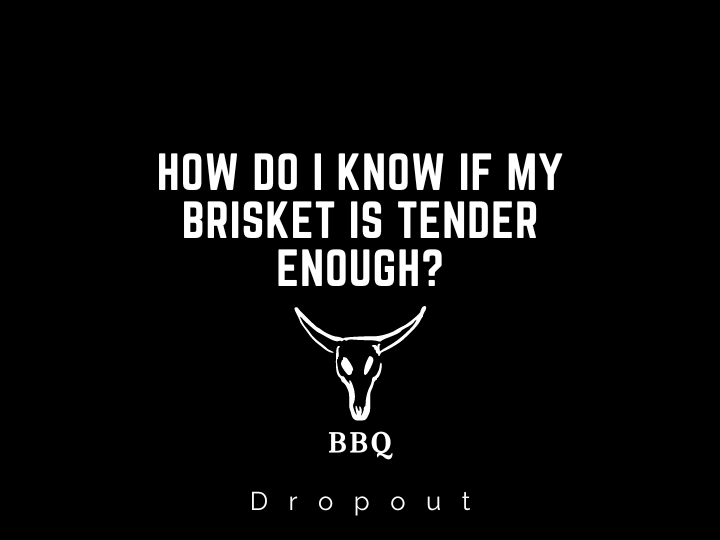
A simple way to ensure your brisket is tender enough is to make sure to start probing it with a toothpick once the internal temperature is above 195 degrees. Make sure that there is no resistance when probing the brisket. This is the main indication you should be taking when determining if your brisket will be tender enough.
If there is any resistance at all, then you should not be pulling your brisket off the smoker. This is the hardest part!
Usually pitmasters will get impatient and just pull the brisket off the smoker anyways.
Do not do this!
All you have to do is grab your toothpick and begin probe testing it all throughout every 30 minutes to ensure the proper doneness.
The Most Effective method to determine when a brisket should be pulled?

The toothpick method is the best way to determine when you should pull your brisket. It is simple, easy, and effective.
What Part of Brisket for Toothpick Test?

The best part of a brisket to implement the toothpick test is the thickest and leanest part you can find. This generally means probing the thickest part of the flat.
The flat part of the brisket is certainly the leanest of the two main sections, and is the most prone for drying out. Therefore, you should be very careful in how you pull your brisket off the smoker. When you are ready to consider pulling your brisket, go ahead and start poking around all areas of the flat. It should go in just like butter. If not, then do not pull it. Repeat this process every 30 minutes.
Brisket not done at 205

If your brisket is not done at 205, then you should be checking your meat thermometer accuracy. I have seen a wide range in accuracy in these thermometer probes in ranges of 10 degrees. That means your probe can be 10 degrees off!
A good way to measure the accuracy of a meat probe is to place it in a pot of boiling water and check the temperature reading against the temperature that water scientifically boils at. That should give you a good indication of how accurate your probe is. Once you know that, just add in the adjustments in degrees going forward.
Brisket Not Tender at 195
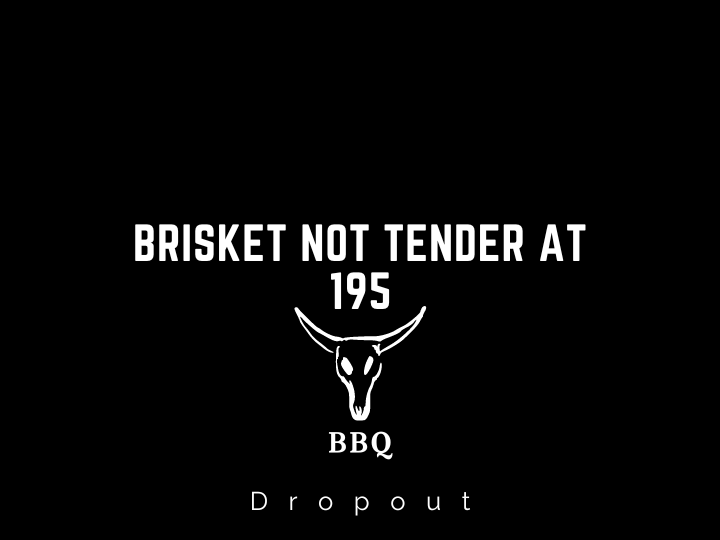
A brisket not tender at 195 is completely normal, they are usually probe tender around the 200 degree mark. It’s not an indication that you should check your thermometer probes, just that you should keep cooking your brisket a little longer.
I recommend waiting about 30 minutes after your brisket starts to probe at 195 degrees internal, then start to implement the toothpick test in order to measure the true tenderness.
Why is my brisket not tender?
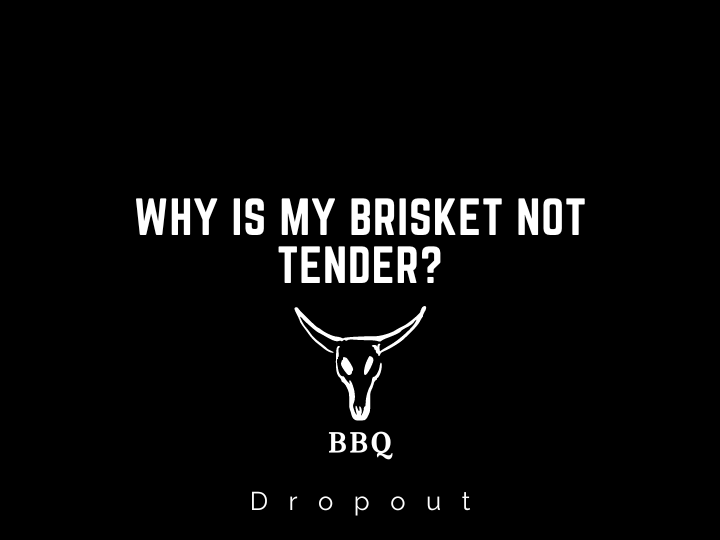
The reason your brisket may not be tender is because you did not cook it long enough. You also want to make sure that when you do cook it to at least 200 degrees internal, that you ensure it is actually tender by probing it with a toothpick.
Toothpick probing, known as the brisket toothpick test, will always give you better and more consistent results than just measuring an internal temperature ever will.
Robert is a certified Pitmaster, with over a decade of experience in smoking the best meats you’ll ever feast upon. He also has a Bachelor of Business Administration from the University of Texas at San Antonio. When he’s not researching technical topics, he’s most likely barbecuing in his backyard.
